Our love affair with the 1950s has been going on for years and shows no sign of abating. Pangolin London, the city arm of the Gloucestershire foundry, has cleverly used the visceral appeal of Fifties design — if ever a period merited the term gay in its original sense, this one does — to show how sculpture can be incorporated into a domestic setting (until 17 May).
All too often works of sculpture, whatever their size, are put on pedestals or instinctively relegated outdoors or to public spaces. Sculpture in the Home, inspired by a series of promotional touring shows staged by the Arts Council between 1946 and 1958, closely but not slavishly recreates a series of room settings in which small-scale pieces by Lynn Chadwick, Geoffrey Clarke, Kenneth Armitage and others from that golden age of British sculpture take their place without a flicker of conflict alongside Sanderson fabrics, Race furniture and Mourne rugs. No sign here of the ‘cream and green and cosy’, which at times of doubt seems to be the nation’s default position with regard to taste. It’s spiky, gutsy, playful and, visually, utterly coherent. Besides the 32 sculptures, mainly bronzes but also aluminium, iron, steel and wood, there’s a good selection of works on paper, lithographs from the Sixties by Frink and Paolozzi (see ‘Untitled Collage I’, above) slightly extending the period covered. The other treats include the desk and chair Reg Butler made for his flat in Leeds (being taught by a coffin-maker he naturally worked in elm), and, of course, the Isokon Penguin Donkey.
The post Domestic harmony appeared first on The Spectator.
Got something to add? Join the discussion and comment below.
Get 10 issues for just $10
Subscribe to The Spectator Australia today for the next 10 magazine issues, plus full online access, for just $10.

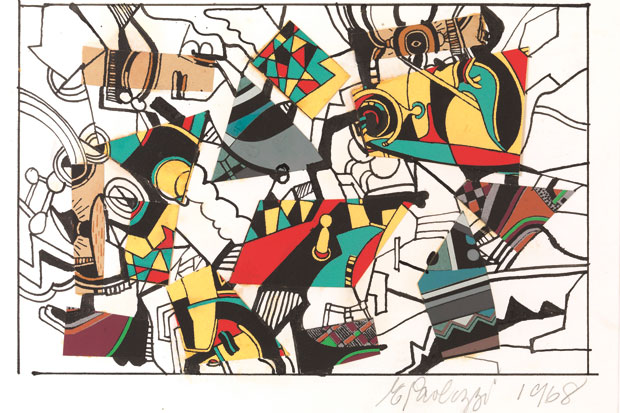
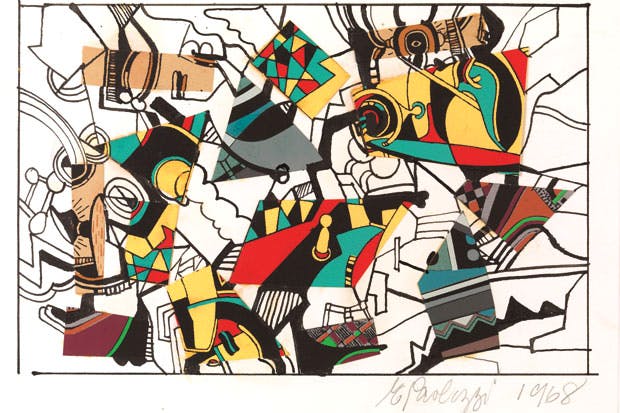
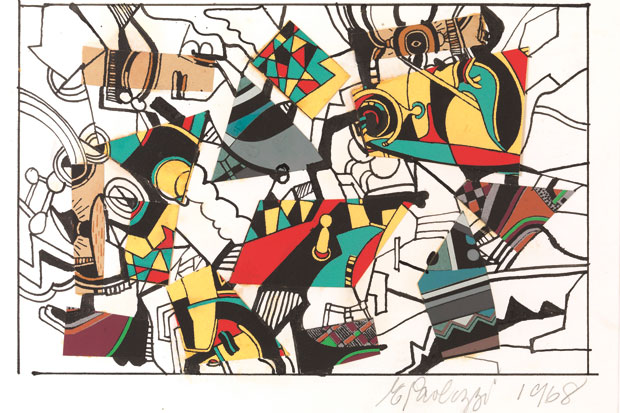
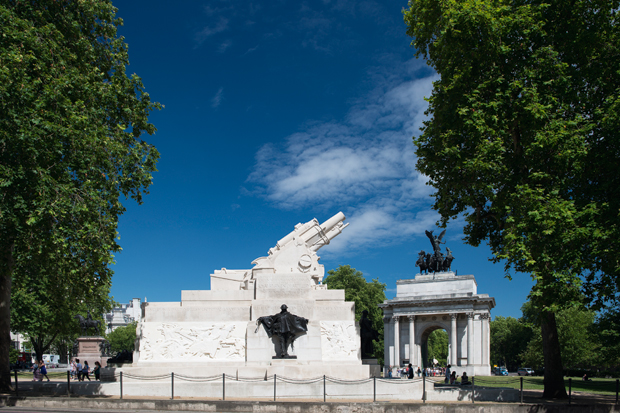
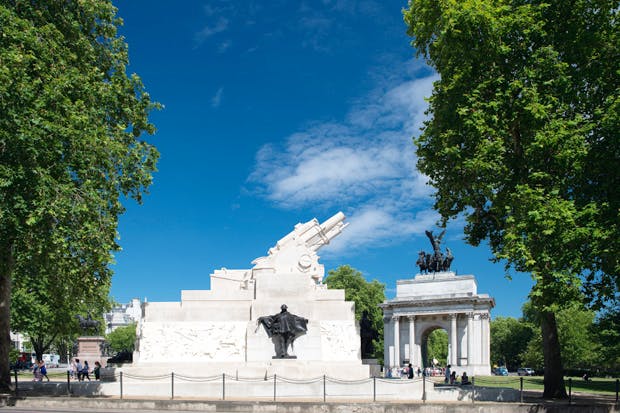
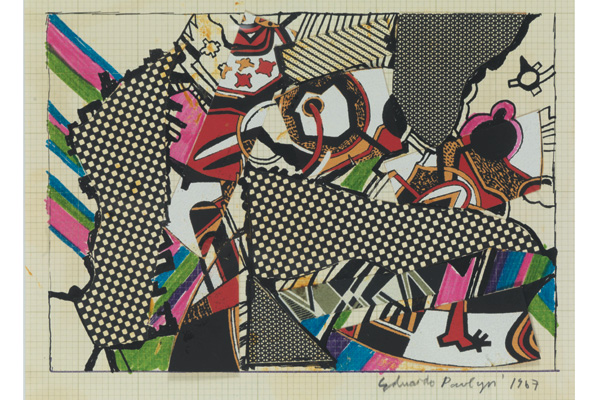
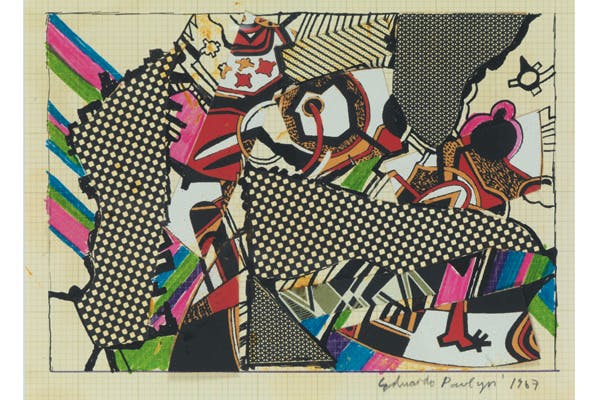






Comments
Don't miss out
Join the conversation with other Spectator Australia readers. Subscribe to leave a comment.
SUBSCRIBEAlready a subscriber? Log in